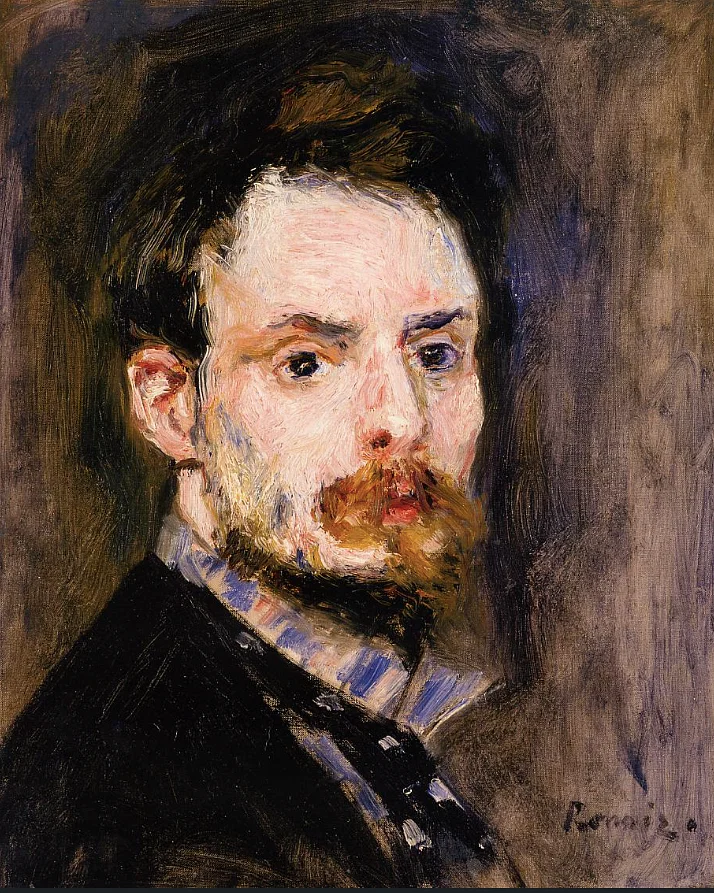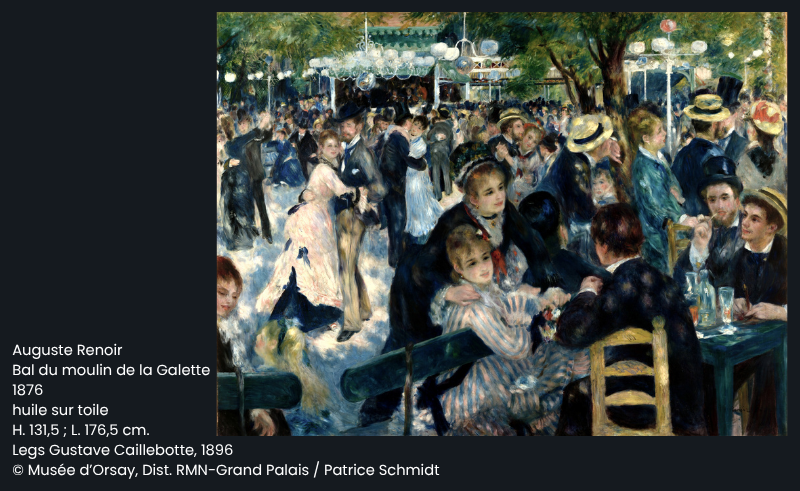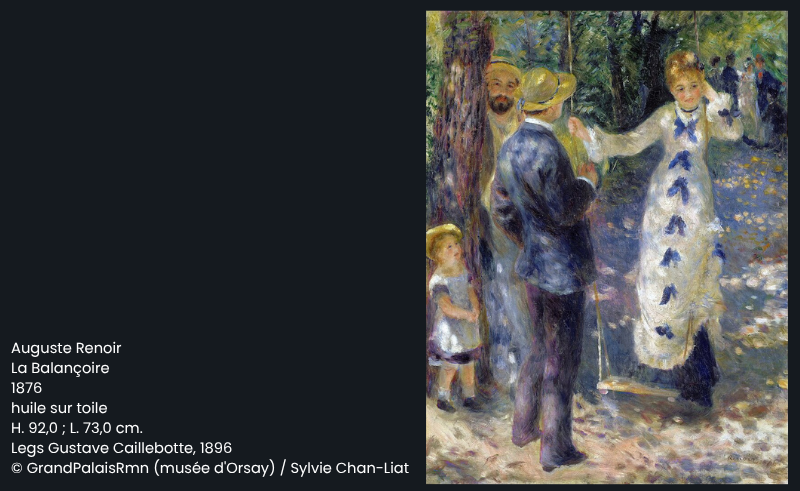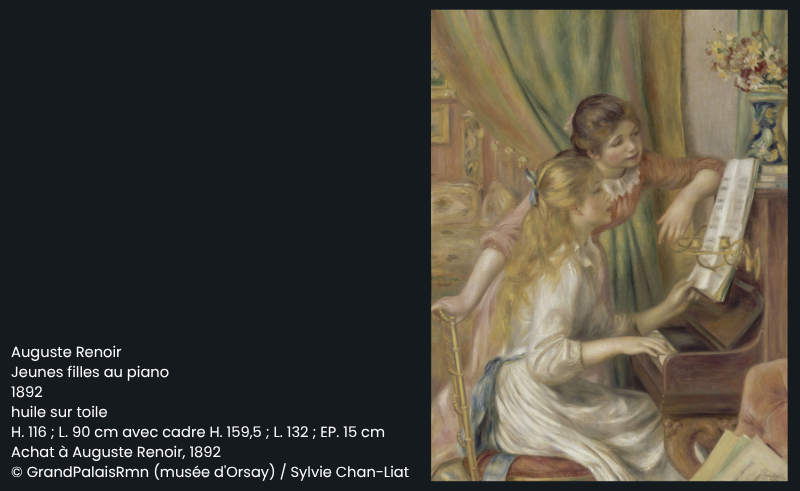There’s something about a Renoir painting that stops you in your tracks. Perhaps it’s the way sunlight filters through the trees, the softness of a smile, or the vivid impression of a fleeting moment. Whatever it is, Renoir—one of France’s most iconic artists—had a rare gift for transforming everyday scenes into timeless poetry.
Born in Limoges in 1841, Renoir began his artistic journey at just thirteen, working in a porcelain factory. There, he painted delicate floral patterns and ornamental details, developing a precision and love of form that would later shape his distinctive style.
But Renoir didn’t stay long in the world of ceramics. Drawn to the vibrant energy of Paris and the promise of artistic freedom, he enrolled at the École des Beaux-Arts and began painting outdoors—en plein air—alongside fellow young rebels like Claude Monet.
Together, they broke away from academic tradition, pioneering a revolutionary new movement: Impressionism.

French often uses the preposition "en" to express being “in” or “while doing” something:
Did you know? The word impressionnisme comes from Monet’s painting Impression, soleil levant. Critics first used
it mockingly—but the name stuck!
Renoir’s paintings are instantly recognisable by their soft edges, pastel palettes, and joyful subjects. From portraits to landscapes to scenes of leisure, each canvas tells a story of beauty, intimacy, and human connection.




Bal du Moulin de la Galette (Dance at Le moulin de la Galette)
1876
A joyful portrayal of Parisian social life in Montmartre, where sunlight dances through the trees as Parisians twirl and laugh. You can almost hear the music and the rustling of dresses. This masterpiece is housed at the Musée d'Orsay in Paris.
Le Déjeuner des canotiers (Luncheon of the Boating Party)
1881
A radiant snapshot of Renoir’s friends enjoying a relaxed riverside meal. Every gesture feels familiar; every glance tells a story.
See it at The Phillips Collection in Washington, D.C.
La Balançoire (The Swing)
1876
Another open-air scene full of movement and life, this painting captures a fleeting moment of joy. It is also located at the Musée
d'Orsay.
Jeunes filles au piano (Young Girls at the Piano)
1892
A tender domestic moment, where two sisters share a quiet musical interlude. The soft pastels and flowing lines speak volumes—without a single word. It is also located at the Musée d'Orsay.
French vocabulary:
One of the most powerful and touching anecdotes about Renoir is also one of the most inspiring. In his later years, he was afflicted with severe rheumatoid arthritis. Despite the pain, he never stopped painting. Brushes were tied to his twisted fingers so he could continue creating.
“La douleur passe, la beauté reste,” he once said—Pain passes, but beauty remains.
This relentless pursuit of beauty defines not only Renoir’s art but the man himself. He saw the world through a lens of warmth, kindness, and deep humanity.
Grammar tip:
In this sentence, "la douleur" and "la beauté" are feminine nouns. Notice how the definite article "la" agrees with the gender. French nouns are gendered, and articles must match: le for masculine, la for feminine.
While most of Renoir’s original works are housed in museums across Europe and North America, many of his paintings can be explored online through the Musée d'Orsay, the Musée de l'Orangerie, or Google Arts & Culture.